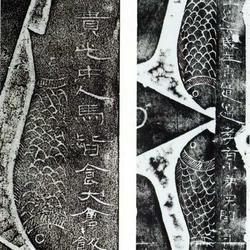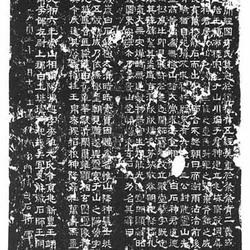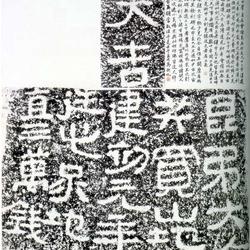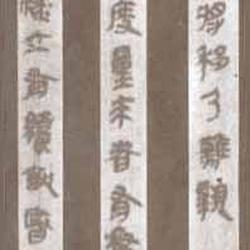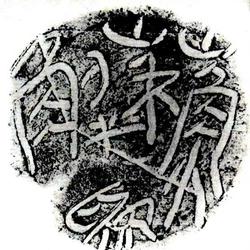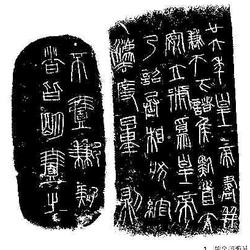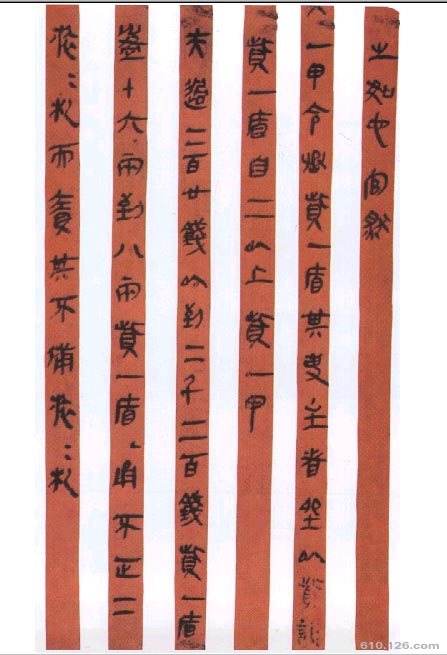
Before the invention of paper, writing materials in ancient China were mainly bamboo slips, except for a few textiles. Usually bamboo and wood chips. The "Yunmeng Sleeping Tiger Land Qin Bamboo Slips" excavated in Hubei in 1975 was written from the late Warring States Period to the early days of the unification of Qin. It can be seen from the bamboo slips that it was born out of the Qin seal script. There are still a lot of traces of the mother body in the form. The seal script and official script are mixed. The Qin official script destroyed and dismembered the Qin seal script in the writing method. Full and vivid, with coherent momentum, it forms a simple and beautiful calligraphy style. Although there are still a lot of round-stroke center strokes in seal script, the characteristics of official writing are more obvious than those of "Qingchuan Wooden Sketches". The brush strokes, wave picks, and strokes of different shapes and points in the official scripts of the Han Dynasty have all appeared in the bamboo slips, and some bamboo slips have an obvious sense of continuous strokes. Compared with the stone inscriptions, this slip more directly reflects the richness of the brush movement. "Yunmengsuihudi Qin Bamboo Slips" is an important material for studying the origin and development of official script. From "Qingchuan Wooden Slips" - "Tianshui Fangmatan Qin Bamboo Slips" - "Yunmengsuihudi Qin Bamboo Slips" we can clearly see the evolution process from Qin seal script to ancient official script.

